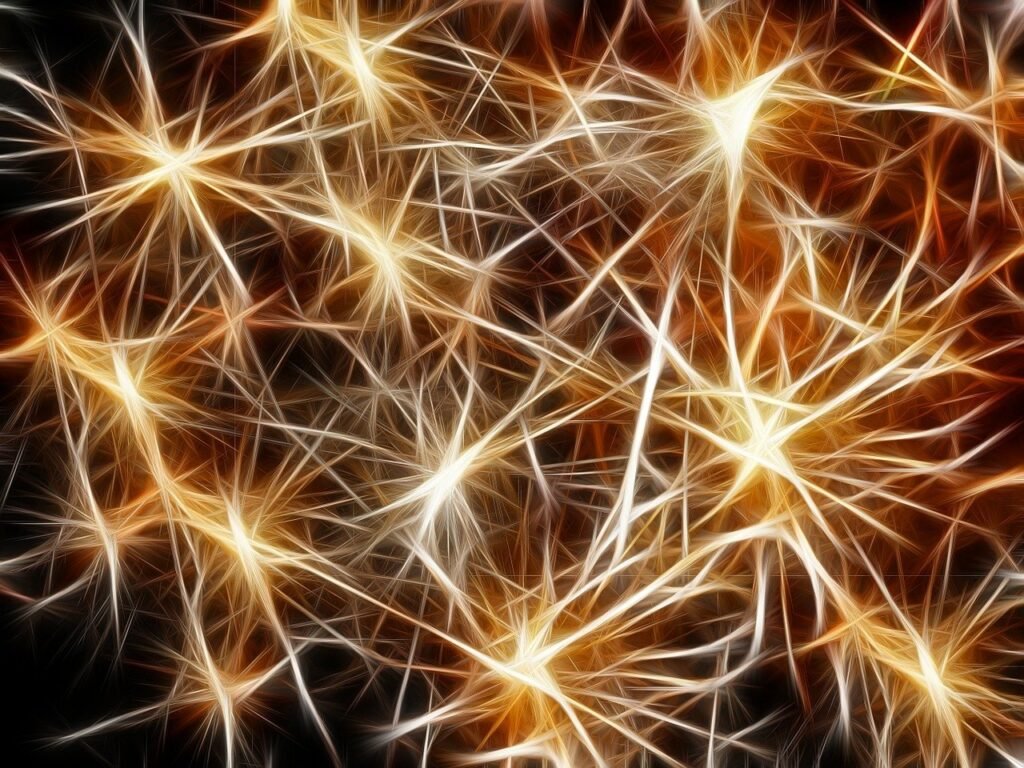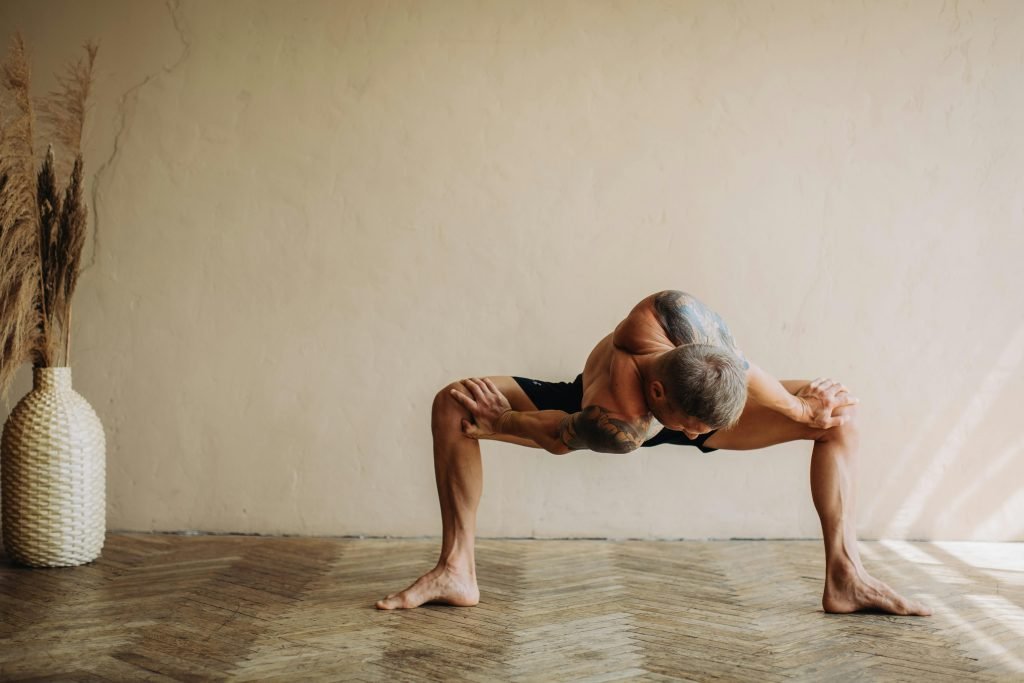Persistent Postural-Perceptual Dizziness
Persistent Postural-Perceptual Dizziness (PPPD) is a chronic neurological condition that causes non-spinning dizziness and balance disturbances, especially when standing, moving, or navigating visually complex environments. Though often overlooked, it shares surprising similarities with Postural Orthostatic Tachycardia Syndrome (POTS), a form of dysautonomia marked by excessive heart rate increase upon standing.
In recent years, patients and clinicians alike have noted overlapping symptoms between PPPD and POTS—especially in how both conditions impact perception, stability, and autonomic regulation. This post explores their possible connections, aiming to provide better understanding and support for individuals navigating either diagnosis.
Both Persistent Postural-Perceptual Dizziness (PPPD) and Postural Orthostatic Tachycardia Syndrome (POTS) are complex, life-altering conditions rooted in dysregulation—of perception, circulation, and balance. Though their diagnostic categories differ—one vestibular, the other autonomic—mounting clinical anecdotes suggest these two may not be so distant. This blog explores the possible physiological, neurological, and psychological connections between PPPD and POTS, helping patients and practitioners better understand the overlap.
How do you manage fatigue on a daily basis?
Understanding PPPD and POTS Separately
What is PPPD?
PPPD is a chronic functional vestibular disorder marked by persistent feelings of dizziness or imbalance, particularly in environments rich in motion or visual stimuli. It often follows an acute event such as vertigo, concussion, or vestibular neuritis but can persist long after the original trigger has resolved. Unlike spinning vertigo, PPPD tends to feel like swaying, rocking, or floating and worsens with movement, posture changes, or visually complex environments.
What is POTS?
POTS is a form of dysautonomia characterized by an excessive rise in heart rate (30–40+ bpm) when standing, leading to symptoms like palpitations, lightheadedness, fatigue, and brain fog. It reflects dysfunction in the autonomic nervous system, which controls involuntary bodily functions like heart rate, blood pressure, and digestion. Patients often report worsening symptoms with exertion, heat, or prolonged standing.
Shared Symptom Overlaps
It’s easy to see why PPPD and POTS might coexist or even interact:
- Dizziness and disequilibrium are central to both conditions, though for different reasons—vestibular vs circulatory.
- Orthostatic intolerance, common in POTS, can mimic PPPD’s symptom triggers (e.g., rising from seated to standing).
- Both conditions frequently involve fatigue, brain fog, and heightened sensory sensitivity.
- Visual sensitivity—difficulty focusing in busy environments—is reported by many patients with either diagnosis.
Neurological Connections
Autonomic Nervous System Dysfunction
The autonomic nervous system (ANS) governs involuntary bodily responses, and in POTS, its imbalance is the root cause. Interestingly, researchers suspect that vestibular-autonomic interactions may contribute to PPPD as well. Disrupted ANS responses to postural or environmental stimuli may prime the brain to misprocess sensory input, leading to persistent dizziness.
Vestibular Hypersensitivity
People with POTS often display hyper-reactivity to motion or changes in position—responses traditionally considered vestibular. PPPD involves a maladaptive brain response to normal motion cues, which can be worsened if autonomic regulation is already compromised.
Post-Concussion Pathways
Many cases of PPPD arise after a mild traumatic brain injury (TBI), including concussion. Similarly, POTS can emerge post-concussion or infection, pointing to shared neuroplastic changes following trauma. When the brain’s balance, cardiovascular regulation, and sensory processing are all under duress, symptoms can compound.
Psychological and Behavioral Intersections
PPPD and POTS share a frustrating trait: they’re both misunderstood and often misdiagnosed. This contributes to:
- Health anxiety or hypervigilance surrounding bodily sensations
- Avoidance of movement, which paradoxically worsens both conditions
- Social withdrawal due to unpredictable flare-ups or symptom triggers
In some cases, PPPD may be a downstream effect of coping mechanisms triggered by untreated POTS (e.g., constant dizziness leads to motion sensitivity and behavioral conditioning). Conversely, PPPD’s avoidance tendencies may reduce physical conditioning, which can worsen POTS symptoms due to deconditioning.
Overlapping Management Strategies
While the root causes differ, treatments often overlap:
Lifestyle Interventions
- Hydration and salt intake to support blood volume (crucial for POTS)
- Vestibular rehabilitation therapy (VRT) for PPPD desensitization
- Graded exercise, particularly recumbent or horizontal (rowing, swimming) to avoid orthostatic stress
Psychological Support
- Cognitive Behavioral Therapy (CBT) helps retrain the brain’s interpretation of bodily signals, valuable in both PPPD and the anxiety loops that may accompany POTS.
- Mindfulness training and pacing techniques reduce symptom triggers rooted in sensory overload or autonomic instability.
Medications
- Beta-blockers, SSRI/SNRIs, or vestibular suppressants may be used to manage specific symptoms—but rarely treat both conditions simultaneously.

GnarlyTree | PRACTICAL TIPS
Lifestyle for POTS | Essential Changes to Manage Dysautonomia and Improve Well-being
Proper POTS lifestyle changes and modifications tailored for those with POTS can help stabilize symptoms, improve quality of life, and complement medical treatments. This article explores a variety of lifestyle...
FAQs
Can PPPD and POTS occur together?
Yes, they can coexist, and some symptoms overlap—especially dizziness and intolerance to movement or upright posture.
Is PPPD caused by POTS?
Not directly, but autonomic dysfunction in POTS may influence sensory processing, which contributes to PPPD-like symptoms.
Are treatments for PPPD effective for POTS?
Some strategies like graded exercise and CBT help both conditions, but POTS also requires fluid, salt, and cardiovascular support.
Do both conditions worsen with stress?
Absolutely. Stress can aggravate autonomic responses and vestibular sensitivity, intensifying symptoms in both PPPD and POTS.
Is brain fog part of PPPD or POTS?
More commonly associated with POTS, though PPPD can create mental fatigue due to sensory overload.
What triggers PPPD symptoms?
Motion-rich environments, posture changes, visual complexity, and anxiety are common triggers.
What triggers POTS symptoms?
Heat, standing, exertion, dehydration, and hormonal shifts typically worsen POTS symptoms.
Can vestibular therapy help POTS patients?
Possibly, if they also experience motion sensitivity or balance issues—but it’s primarily designed for vestibular disorders.
Is PPPD a vestibular disorder or a psychological one?
It’s considered a functional vestibular disorder rooted in sensory misprocessing, often with psychological dimensions.
How long does recovery take?
It varies widely—some patients improve with proper management in months, others live with chronic symptoms.
Final Thoughts
While PPPD and POTS belong to separate diagnostic realms, their shared symptoms—dizziness, brain fog, fatigue, and hypersensitivity—reveal deeper interconnections. Whether through overlapping autonomic and vestibular pathways or post-trauma neurological rewiring, understanding these links may empower more targeted, compassionate care. For patients navigating both worlds, integrated treatment plans that combine physical, psychological, and lifestyle strategies offer the best path forward.



